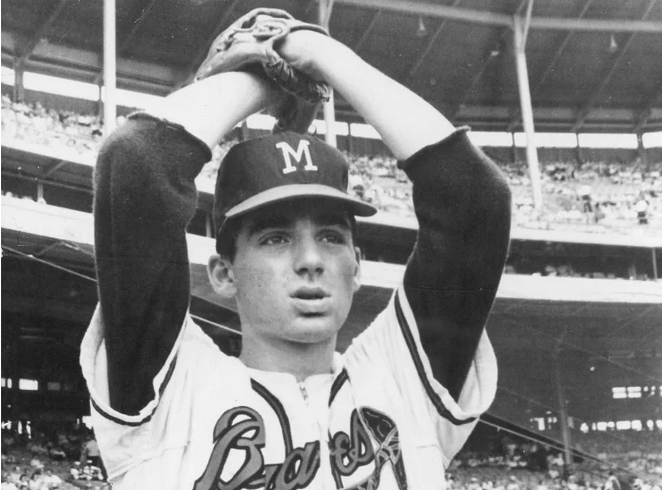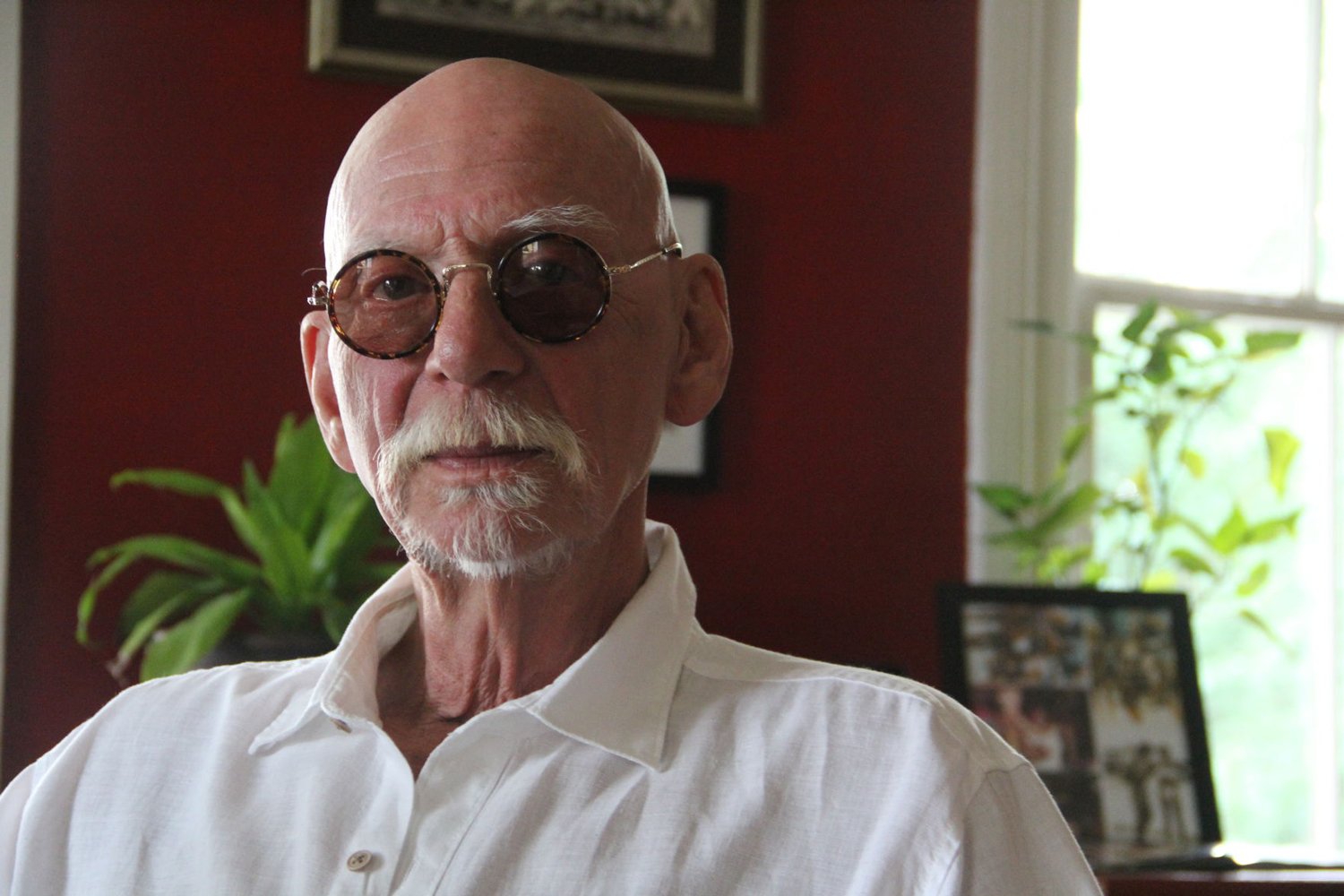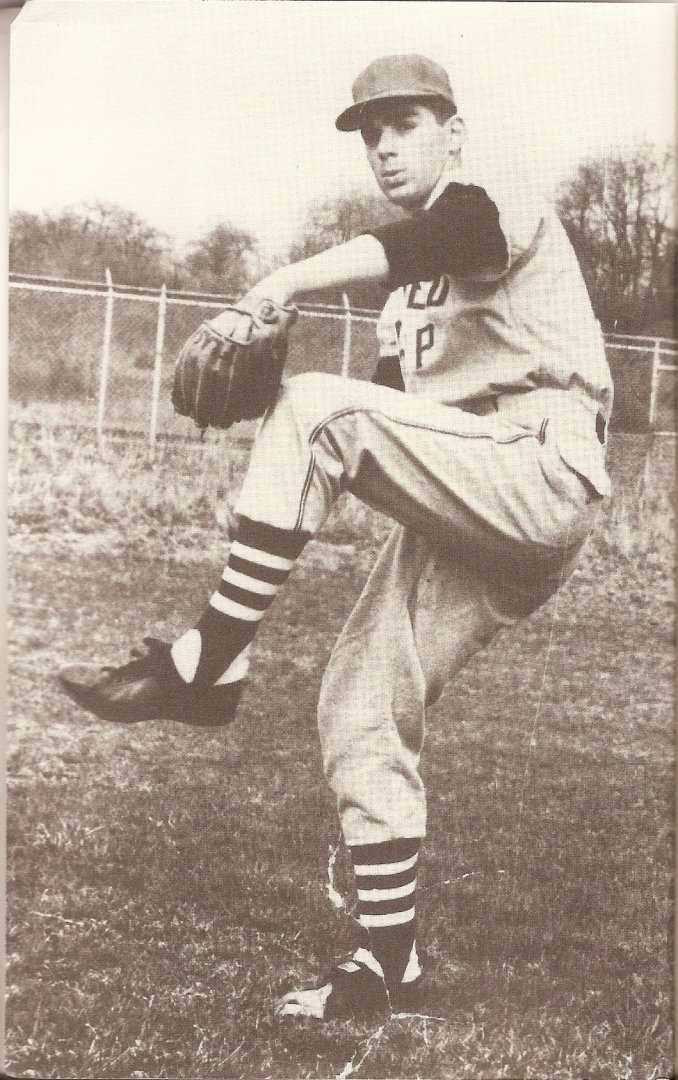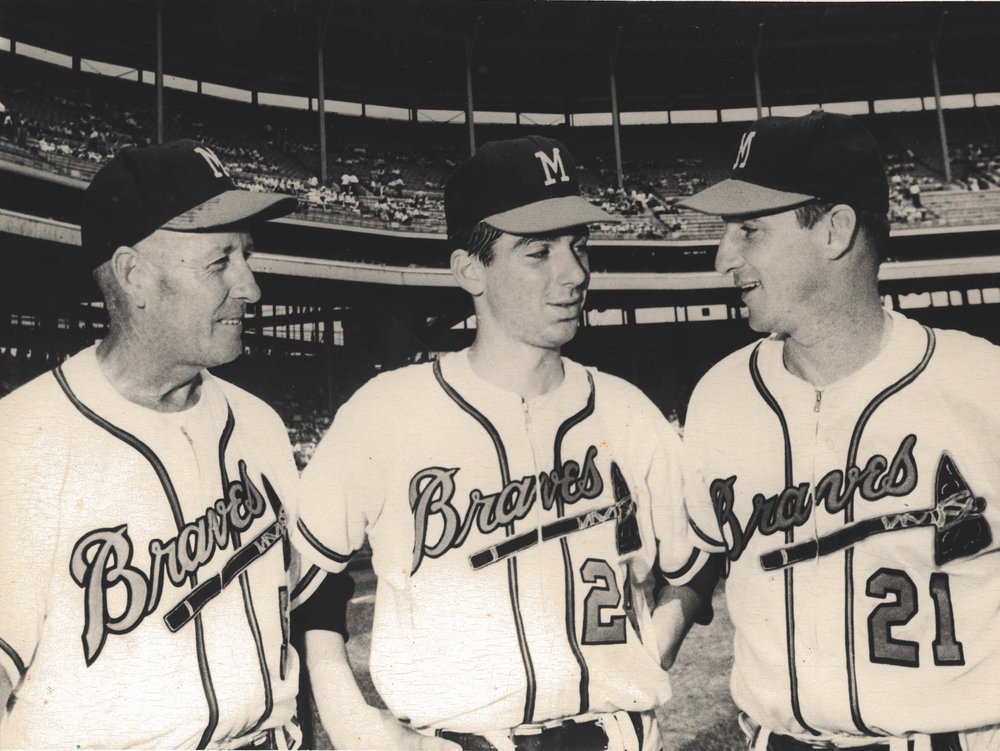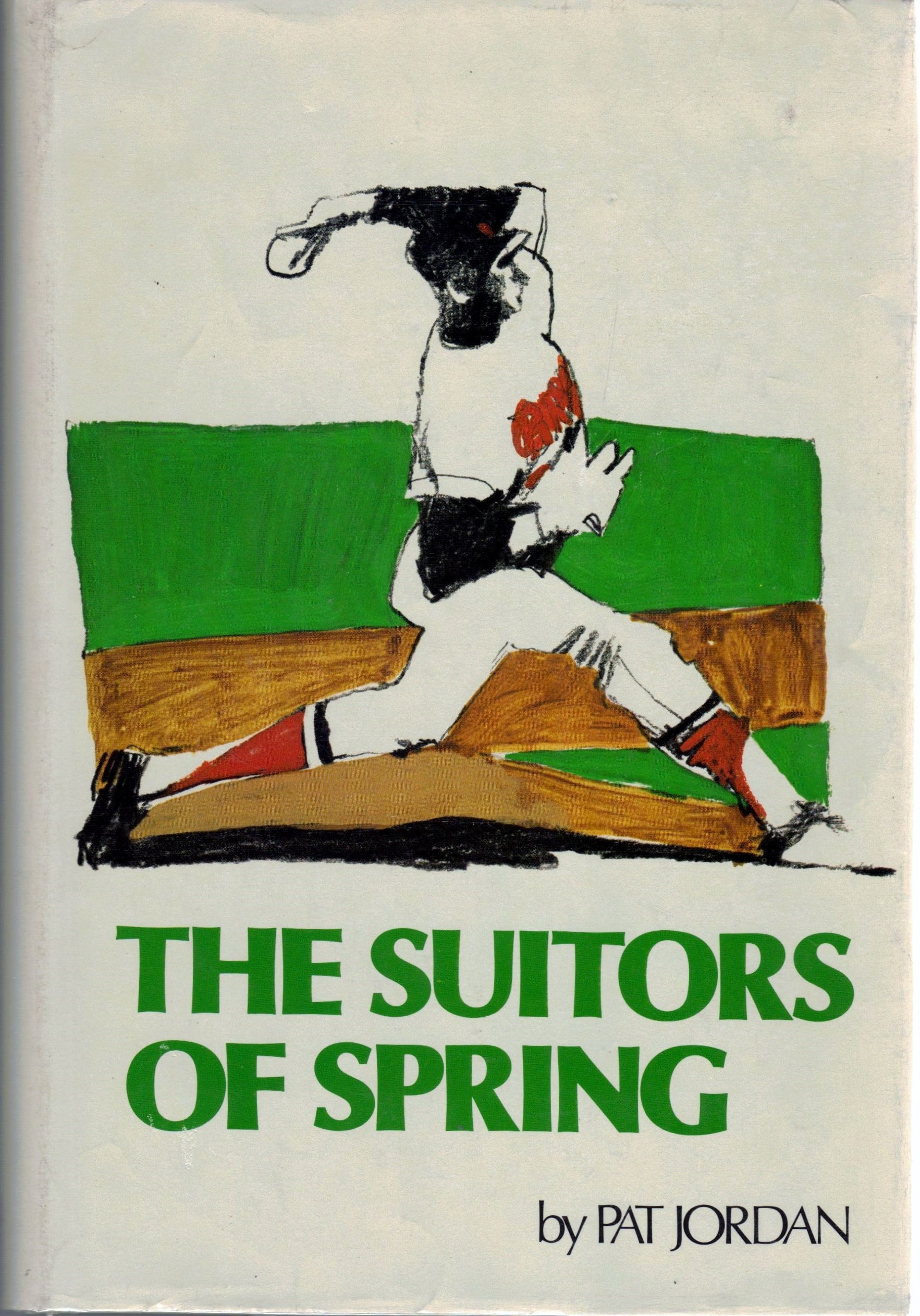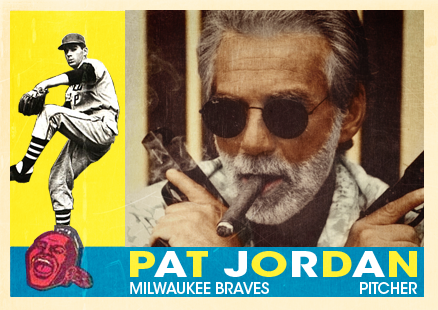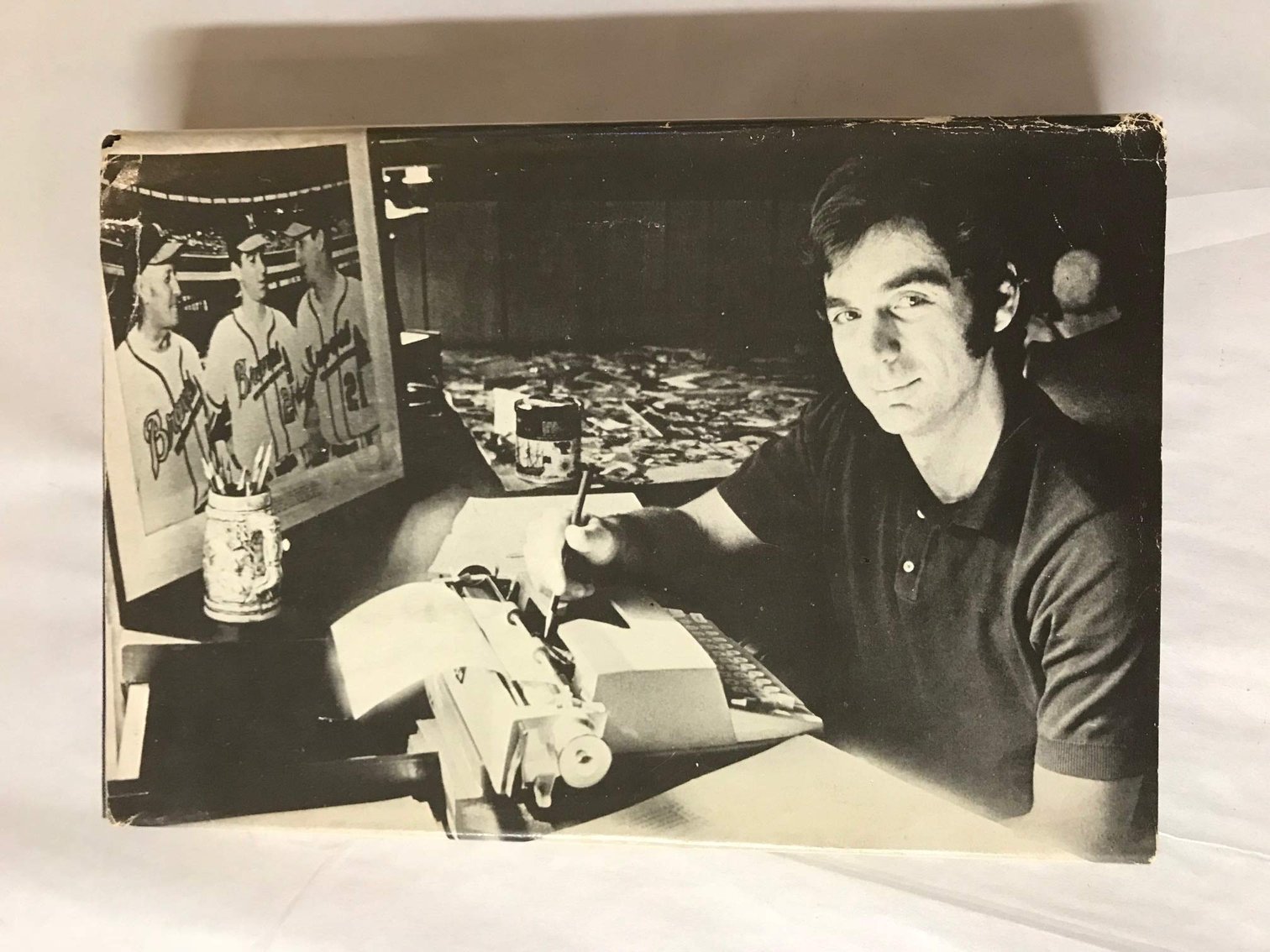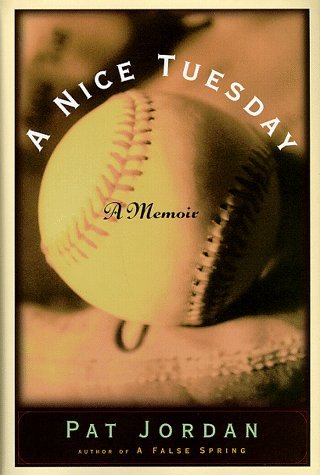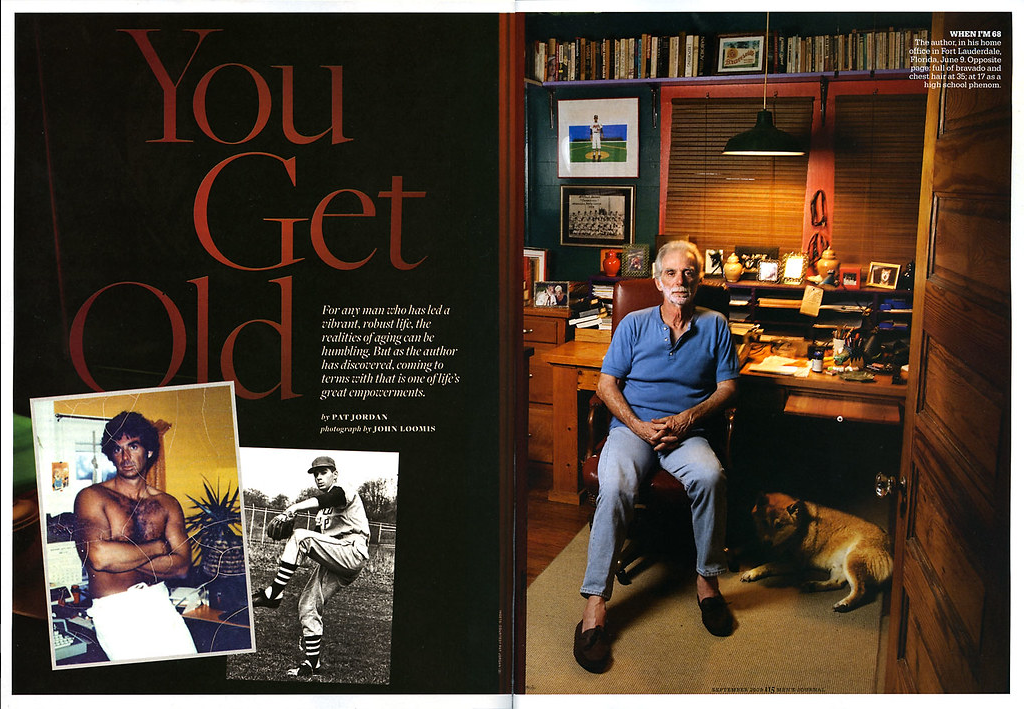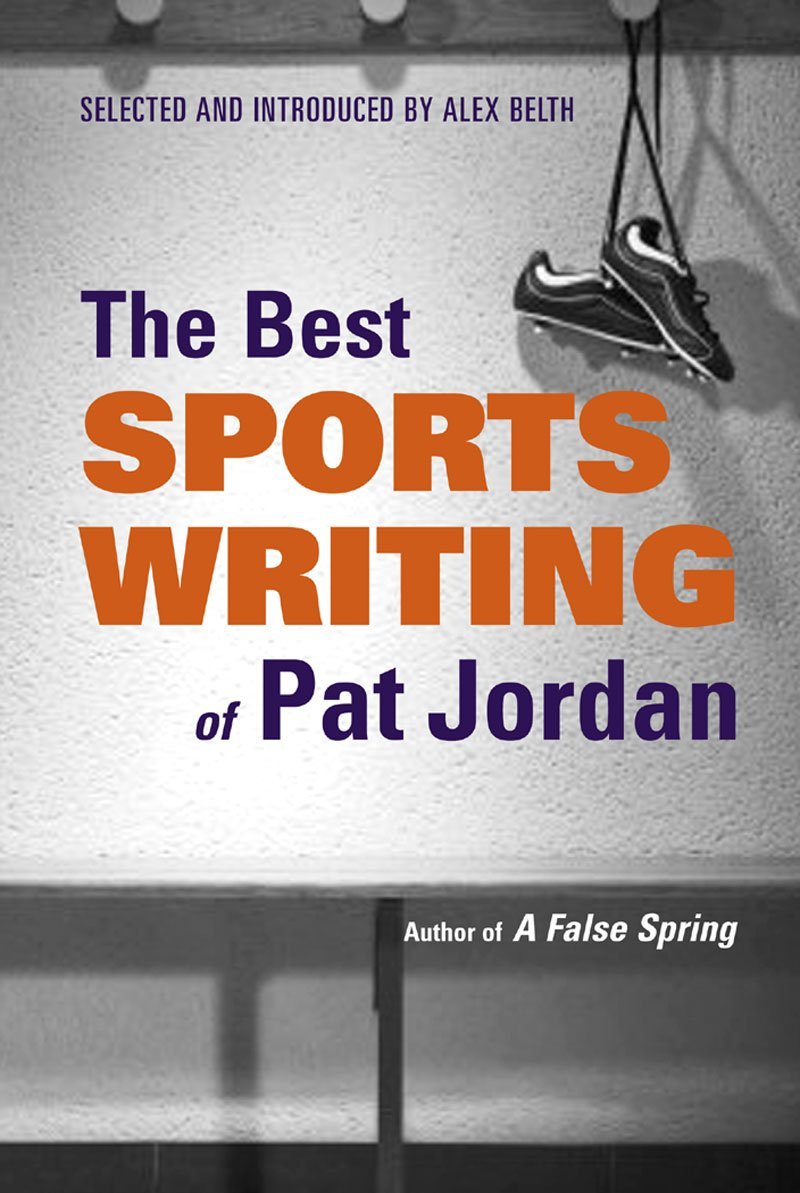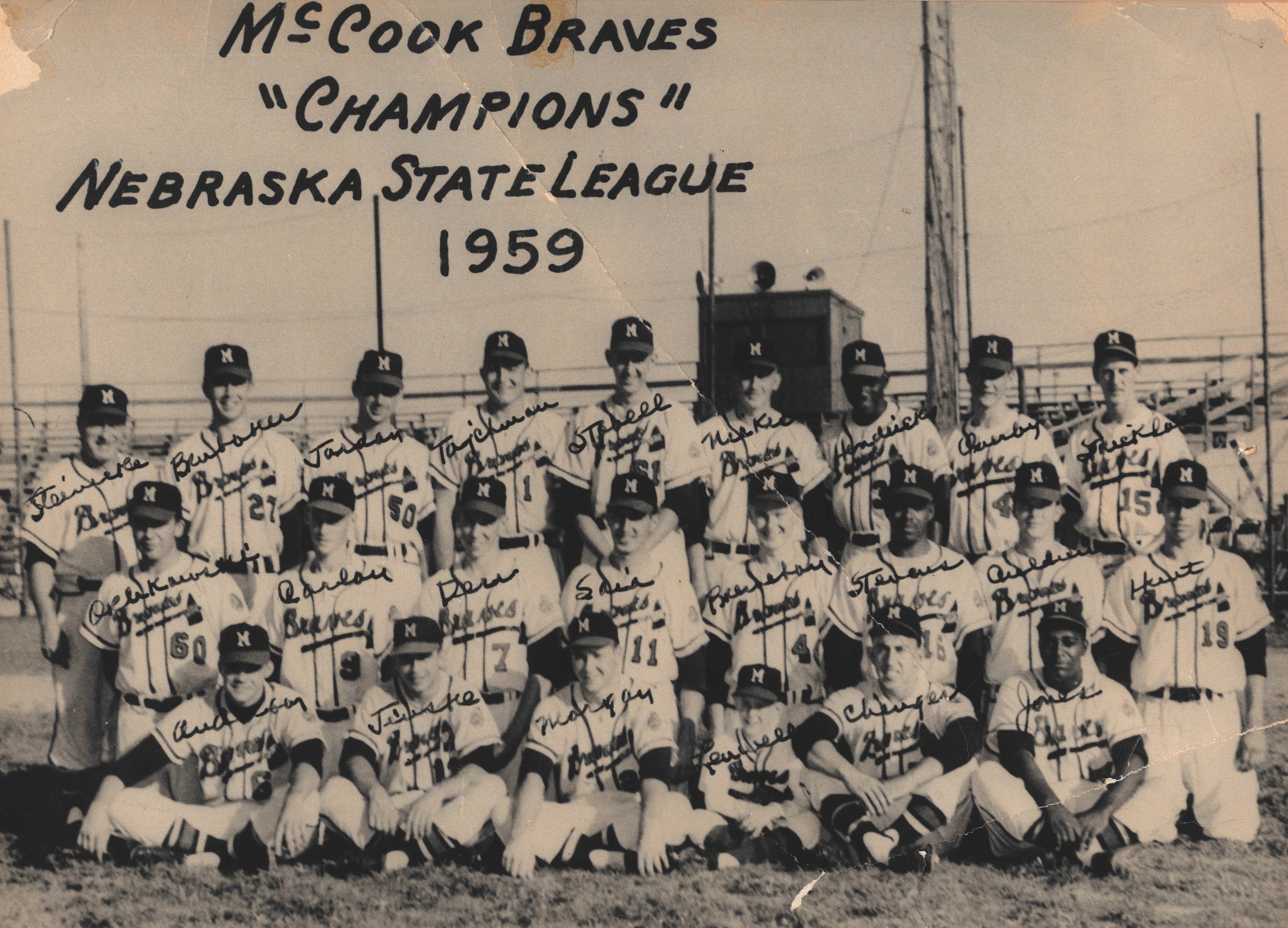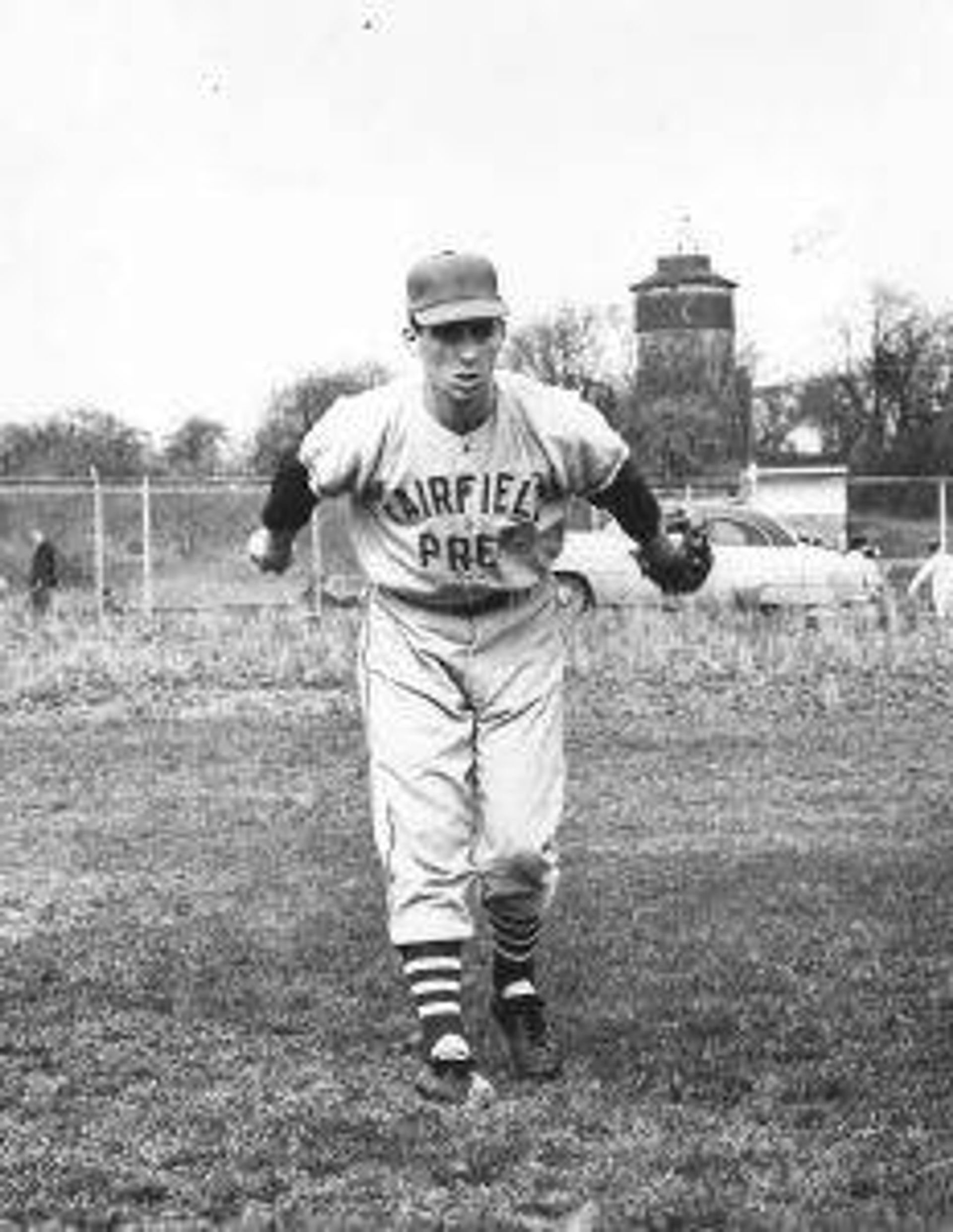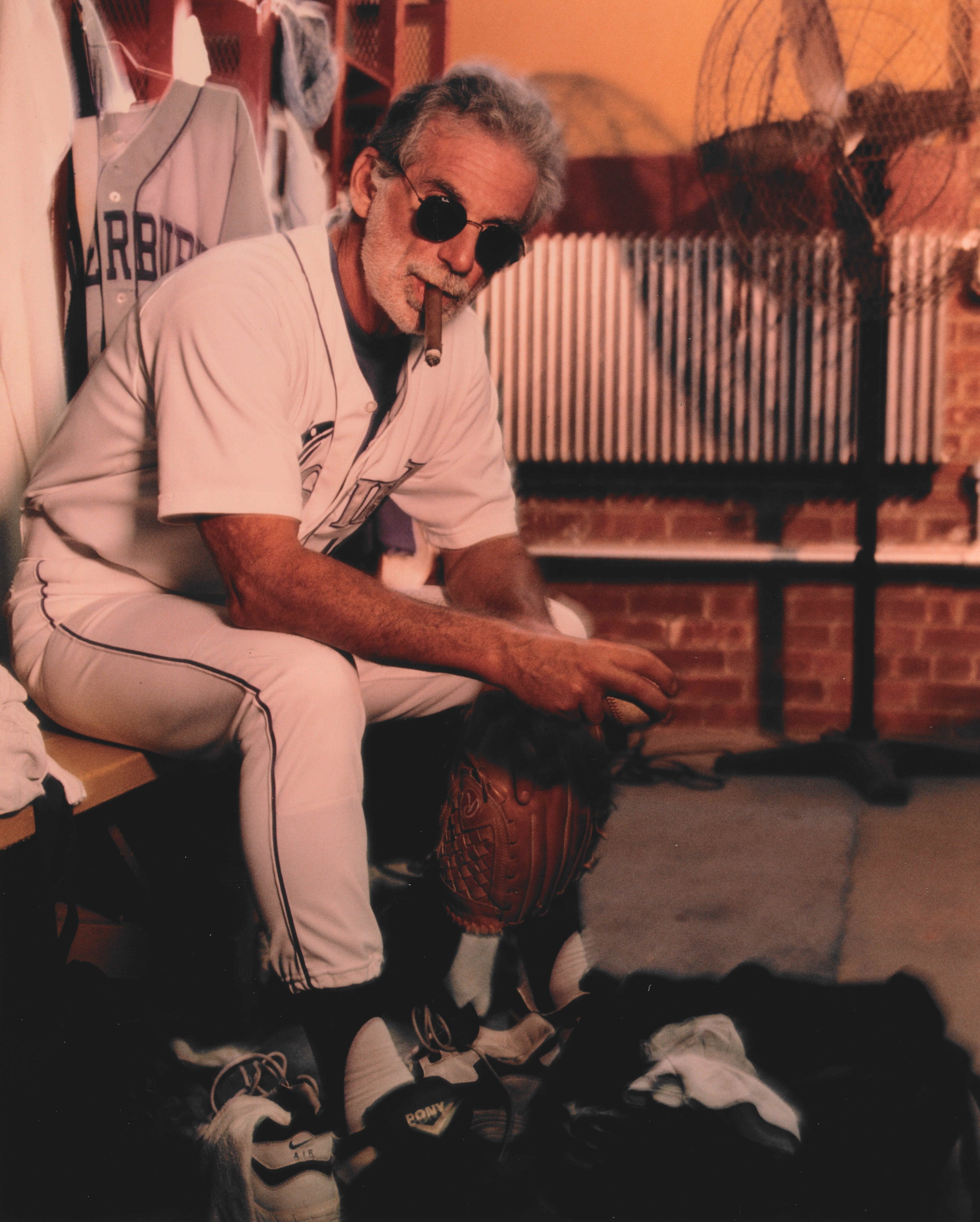Pat Jordan grew up in Fairfield, Connecticut where, in the mid-1950s, he became a highly pursued pro baseball prospect as a young pitching phenom in local Little League and as a high school ace at Fairfield Prep.
On July 9, 1959, after being pursued by more than a dozen Major League Baseball organizations (MLB's first amateur draft didn't start until 1965), Jordan signed a then-record $36,000 "bonus baby" bounty to join the National League's Milwaukee Braves - where he reported to the McCook Braves of the Class D Nebraska State League, playing alongside future big leaguers Phil Niekro and Joe Torre.
Despite being one of the minors' hardest-throwing pitchers at the time, Jordan floundered through three seasons across obscure Braves posts such as Waycross (GA), Davenport (IA), Eau Claire (WI) and Palatka (FL), and by the end of 1961, was out of the game for good - a victim of injury, hubris and the realities of adulthood.
Baseball's loss was ultimately sports journalism's gain, as Jordan pivoted hard into a prolific, long-form, non-fiction writing career that began in earnest with the publishing of 1975's clear-eyed memoir "A False Spring" - which Time magazine called “one of the best and truest books about baseball, and about coming to maturity in America,” and Sports Illustrated has consistently listed as one of the best sports books of all time.
Like his brusque, straight-ahead writing style, Jordan holds back nothing in this wide-ranging conversation - featuring a multitude of stories featuring some of modern-day sports' most fascinating characters such as softballer Joan Joyce, Tom Seaver ("Tom Seaver and Me"), pro volleyballer/hoopster Mary Jo Peppler ("Broken Patterns"), Wilt Chamberlain, Renee Richards, and even the 56-year-old version of himself attempting a comeback with the the independent Northeast League's Waterbury Spirit in 1997 ("A Nice Tuesday: A Memoir").
Did you know that every week, nearly 40 million job seekers visit LinkedIn? Post your job for free at https://linkedin.com/GoodSeats.




